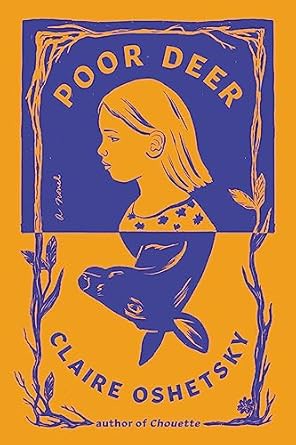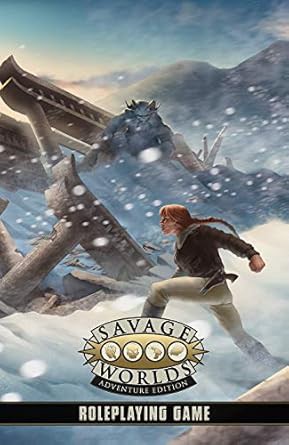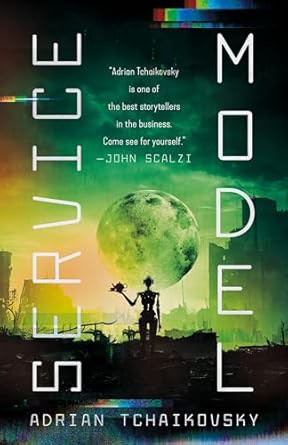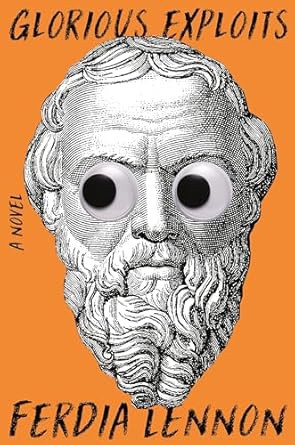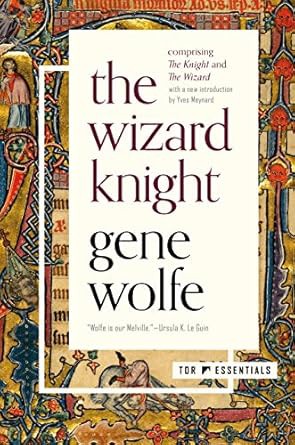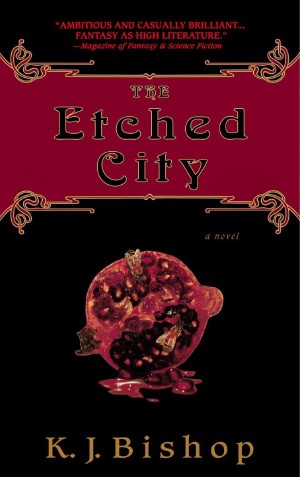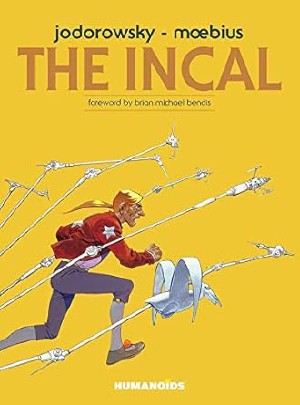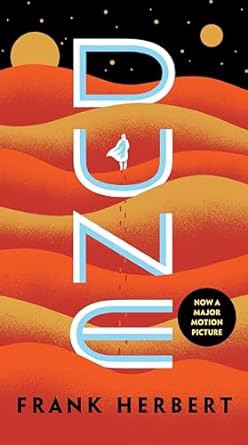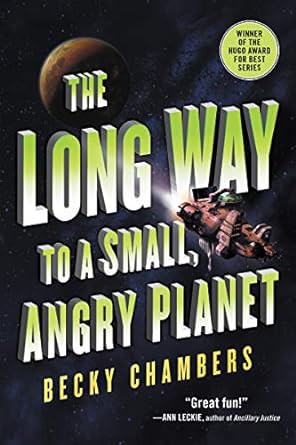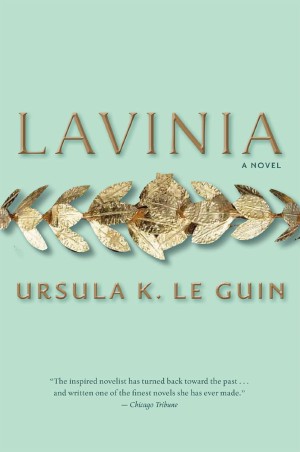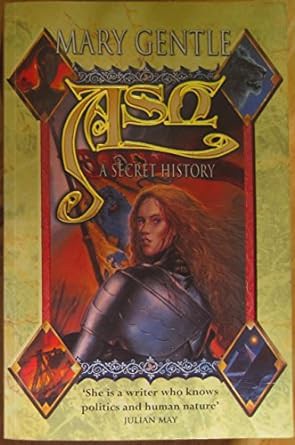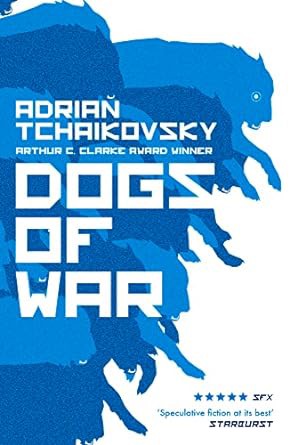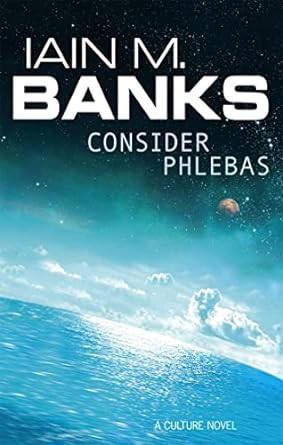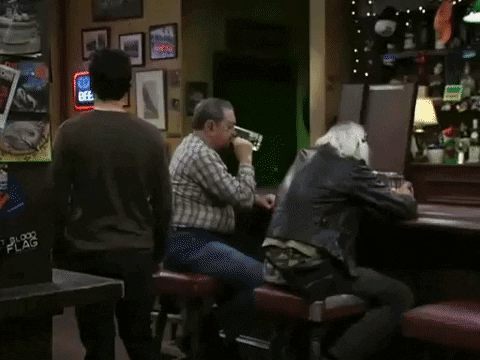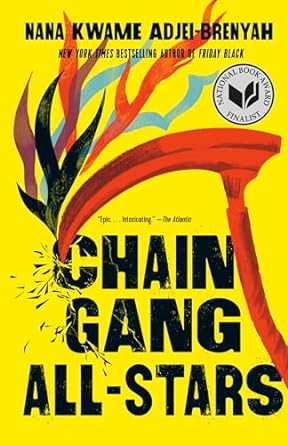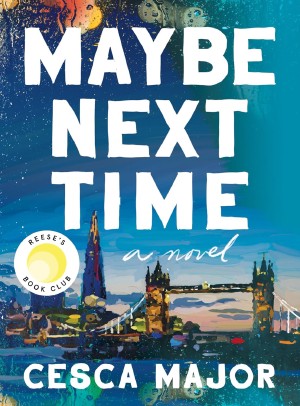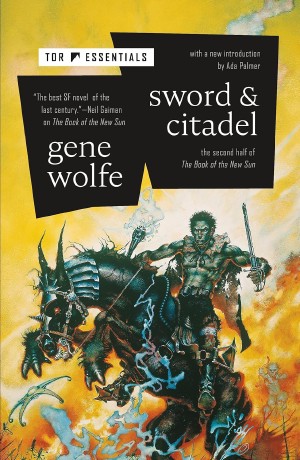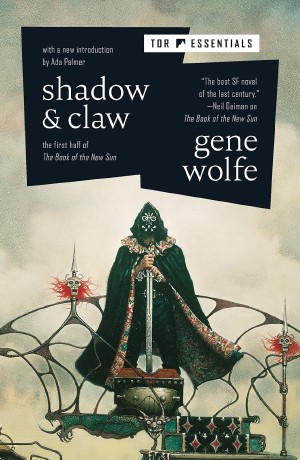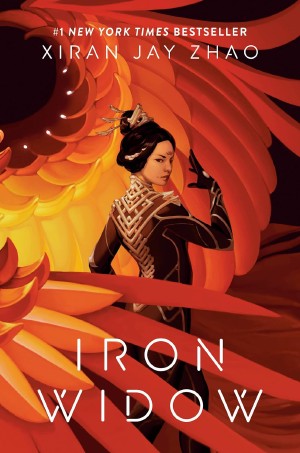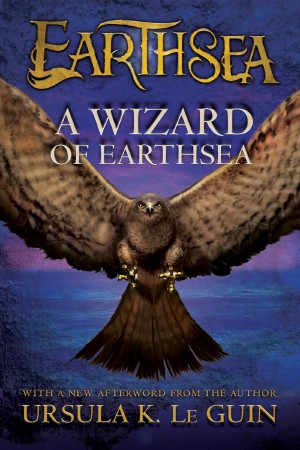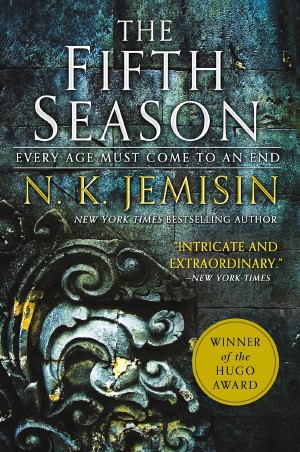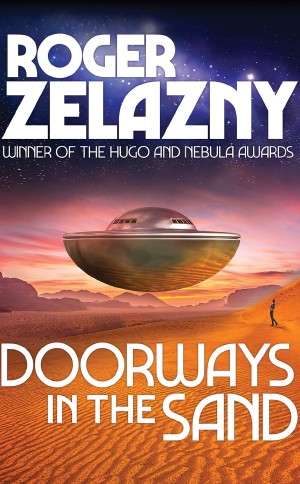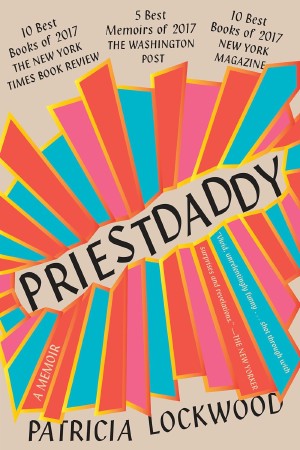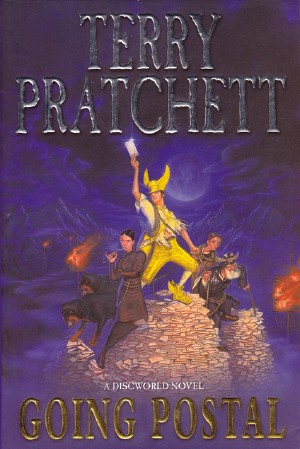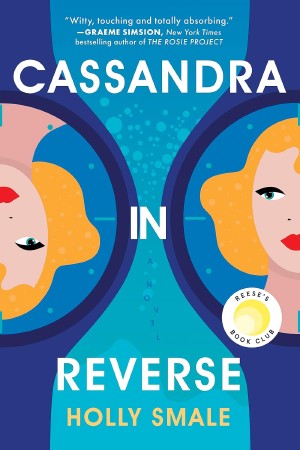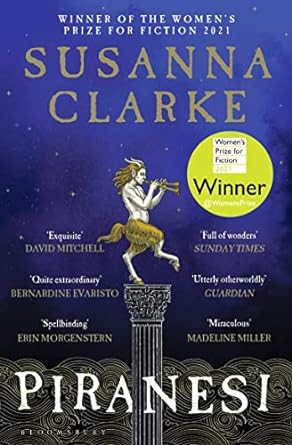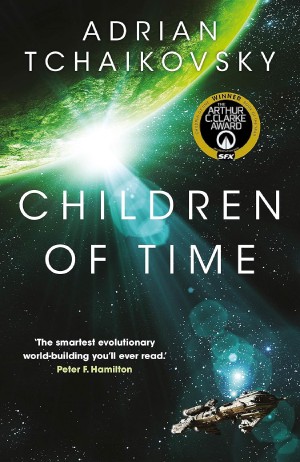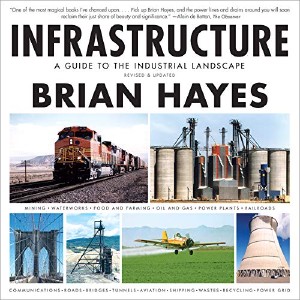Many roleplaying systems claim to support play in any kind of setting but few really do — Savage Worlds is an exception. It’s got crunchy-enough systems that are only as relevant as you want them to be.
Savage Worlds is the most “more than the sum of its parts” tabletop roleplaying system I’ve played — it rocks.
Charles, a valet robot, is let go from his job and then goes on a journey of self-discovery. Hijinks ensue.
Around 400 BCE, in Syracuse, Dumb and Dumber want to put on a play by Euripides.
They’ve got no actors, no costumes, no sets, no money and little to no intelligence. But, as they say, where there is a quarry filled with starving Athenian refugees, there’s a way.
Gene Wolfe’s take on an Alice in Wonderland “rabbit hole” story which follows an American teen who finds himself in a layered fantasy world based on Arthurian legend, British folklore, Greek mythology, Norse mythology, and more… All at the same time…
Reading through K.J. Bishop’s The Etched City was sublime. Novels like this don’t get written often and reading them leaves me a changed man. The poetry, the philosophy, the mythic and dream-like nature of the writing have left me completely stunned and in awe of its beauty and depth.
A small American town is trapped under a gigantic forcefield (the Dome). Hijinks ensue.
I tried to write a book that would keep the pedal consistently to the metal. Nan [King’s editor on Under The Dome] understood that, and whenever I weakened, she jammed her foot down on top of mine and yelled (in the margins, as editors are wont to do), ‘Faster, Steve! Faster!’
Stephen King on writing Under The Dome
Becky Chambers’ space opera following the scrappy and loveable crew of the Wayfarer, tasked with their biggest job yet.
Ursula K. Le Guin’s Greco-Roman mythical retelling from 2008, way before these kinds of novels became “cool” and everyone started writing them.
Lavinia tells the story of, well, Lavinia, a character in Vergil’s Aeneid who isn’t given any speaking lines. Lavinia being such a paper thin character gives Le Guin the opportunity to fill in the many gaps. And, to no one’s surprise, she’s done a great job of it.
Ash - A Secret History is by far the longest novel I’ve read. When I saw the thickness of the book, the number of lines on each page and the miniscule size of the font, I was scared that I wouldn’t be able to read through the whole thing.
All it took for me to get over that fear was reading the first few pages. Mary Gentle hooked me with her commitment to telling Ash’s story in a way that only she could and she refused to let go of me until the very end.
Adrian Tchaikovsky strikes again. Human animal hybrids with developing consciousness. Check. Hive mind consciousnesses. Check. Empathy porn. Check.
I might enjoy Dogs of War more than Children of Time? It’s more efficient and covers many of the same themes with many more interesting characters.
What if you combined:
The Running Man-esque gladiatorial combat as entertainment with some Battle Royale with some pro wrestling theatrical vibes sprinkled on top with some Naked and Afraid and light it all up?
You get Chain-Gang All-Stars, that’s what you get.
This was the first romance novel I’ve read. Sometimes you have to unleash your inner mom and read a book by a mom for moms.
I’m about as far from a mom as you can get but despite that, Cesca Major pulled me in with her writing in a way that I wasn’t expecting.
A fantastic conclusion to the Book of the New Sun. Do not skip this one, it’s cool, it’s funny, it’s wacky, it’s begging to be read multiple times.
If you’ve got the right group, this would make for a great book club book.
A far future sci-fi fantasy epic following the story of Severian the torturer, a self-described insane person who has trouble differentiating between reality, his memories and his dreams, as he tells us the story of how he came to sit upon the throne.
Big robots,
fighting off aliens,
piloted by pairs of young men and women (mostly boys and girls), with the men draining the life force from the women (often killing them in the process).
Wu Zetian, eventually becoming the Iron Widow, is sold to the army by her family to become a concubine-pilot. She has a plan to avenge her sister, burn the system to the ground and build it back up again.
Dayummmmmm this was good.
There’s a, soon-to-be wizard, on a archipelago world. He goes to wizard school and becomes xXx#1_Mage_NAxXx.
A classic fantasy story elevated by Le Guin’s poetic use of words. Struggles to give women in the story the story they deserve, an issue dealt with in the subsequent novels.
The shake that passes will echo. The wave that recedes will come back. The mountain that rumbles will roar.
The Fifth Season is a story about suffering and trying to find moments of pleasure and peace in a broken world.
The POV characters are all persecuted and forced to suffer because of circumstances outside of their control.
In fair puzzles there should always be a way out. But I saw no doorways in the sand, and try as I might I could not make the puzzle fall fair.
Doorways in the Sand tells the story of Fred Cassidy the “Eternal Student”, a man who’s spent 13 years of his life as an undergrad.
He does everything he can to avoid getting a degree so he can continue benefiting from his uncle’s generous will, predicated on him being in school (once he graduates he’ll be cut off).
Fred’s idyllic existence is disrupted by the theft of a priceless alien artifact, the star-stone. He’s a person of interest for reasons outside of his control and so he is pursued by humans and aliens alike who think he can help them find the stone (can he?).
“You are a living example of the absurdity of things.”
Hijinks ensue.
Going Postal is my favorite Terry Pratchett novel. I’m facepalming right now for not writing my thoughts down about this book.
Cassandra in Reverse is a novel about a woman in her early 30s with a fascination for Greek mythology who has just been dumped by her boyfriend of 4 months and fired from her job in PR.
In that moment, something snaps and she gains the ability to go back in time. She becomes like her namesake from myth who could see into the future but was cursed to never be believed.
I guess this is what happens when a tremendously successful author with a single published novel to her name spends 16 years writing another one.
I read Susanna Clarke’s first novel, Jonathan Strange and Mr. Norrel, as a kid and, now, I’ve forgotten what it was about and if I enjoyed it (or not).
After reading Piranesi, I’m unlikely to forget this one and how I felt reading through it.
A very human story with Alien aliens, AI/human constructs and time “travel”.
The first Adrian Tchaikovsky story I read and perhaps the best. Once you pick this book up, you won’t be putting it back down until it’s done.
Infrastructure is a guide to all the major “ecosystems” of our modern industrial world. In exploring railroad tracks, antenna towers, highway overpasses, power lines, coal mines, nuclear power plants, grain elevators, oil refineries, steel mills, and more, Brian Hayes reveals how our familiar and often-overlooked industrial environment can be as dazzling as nature.
